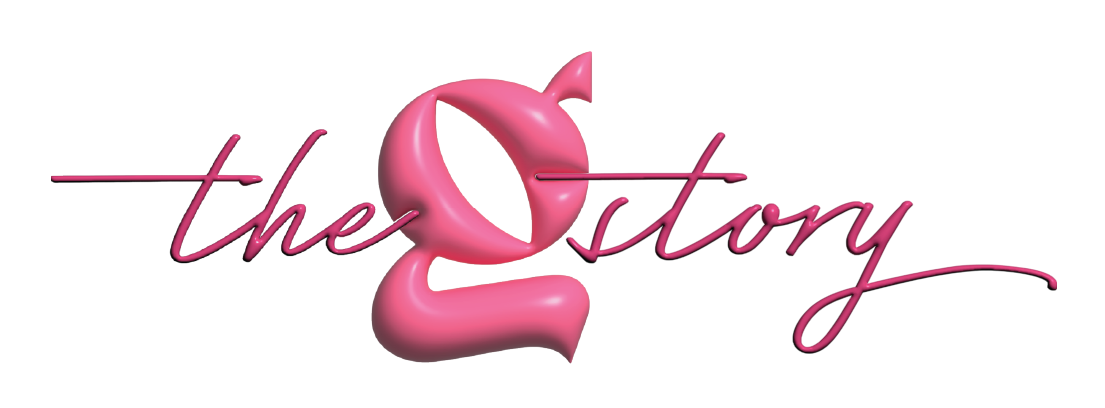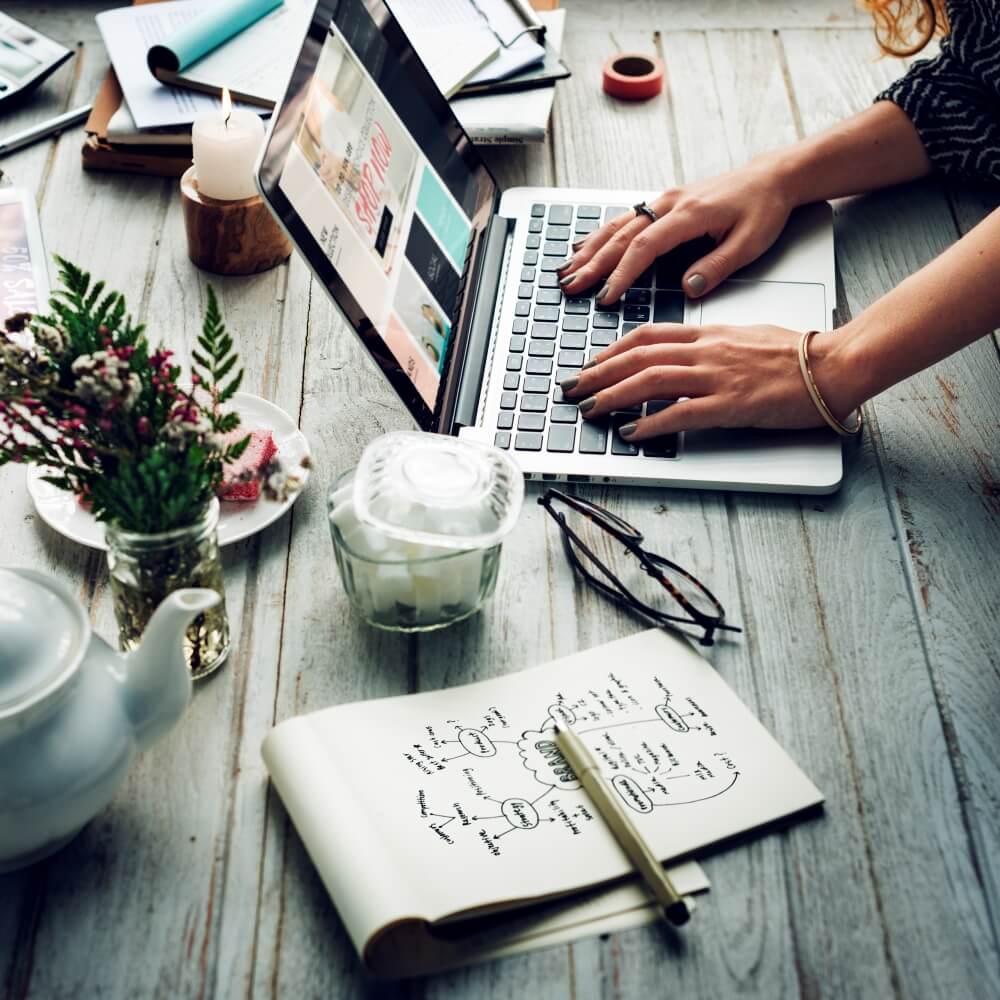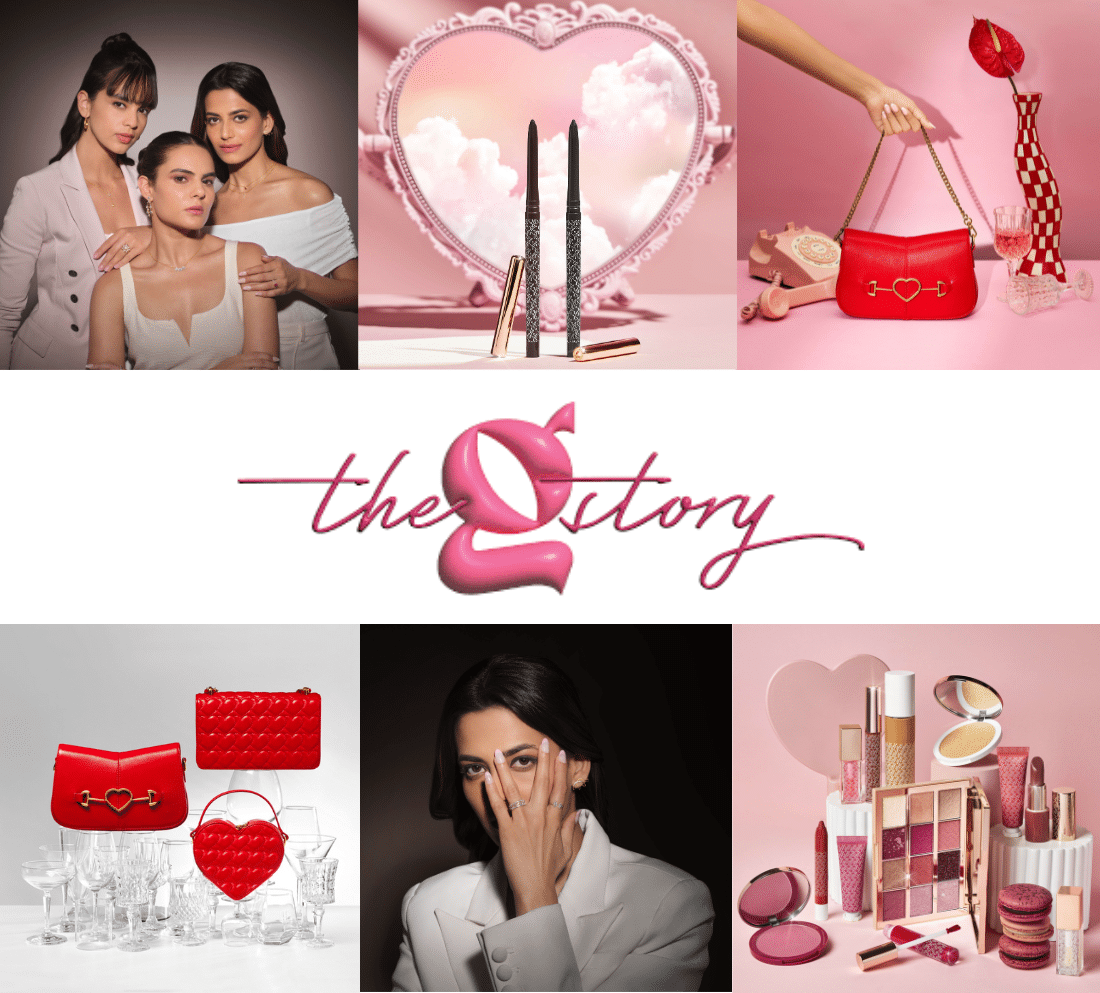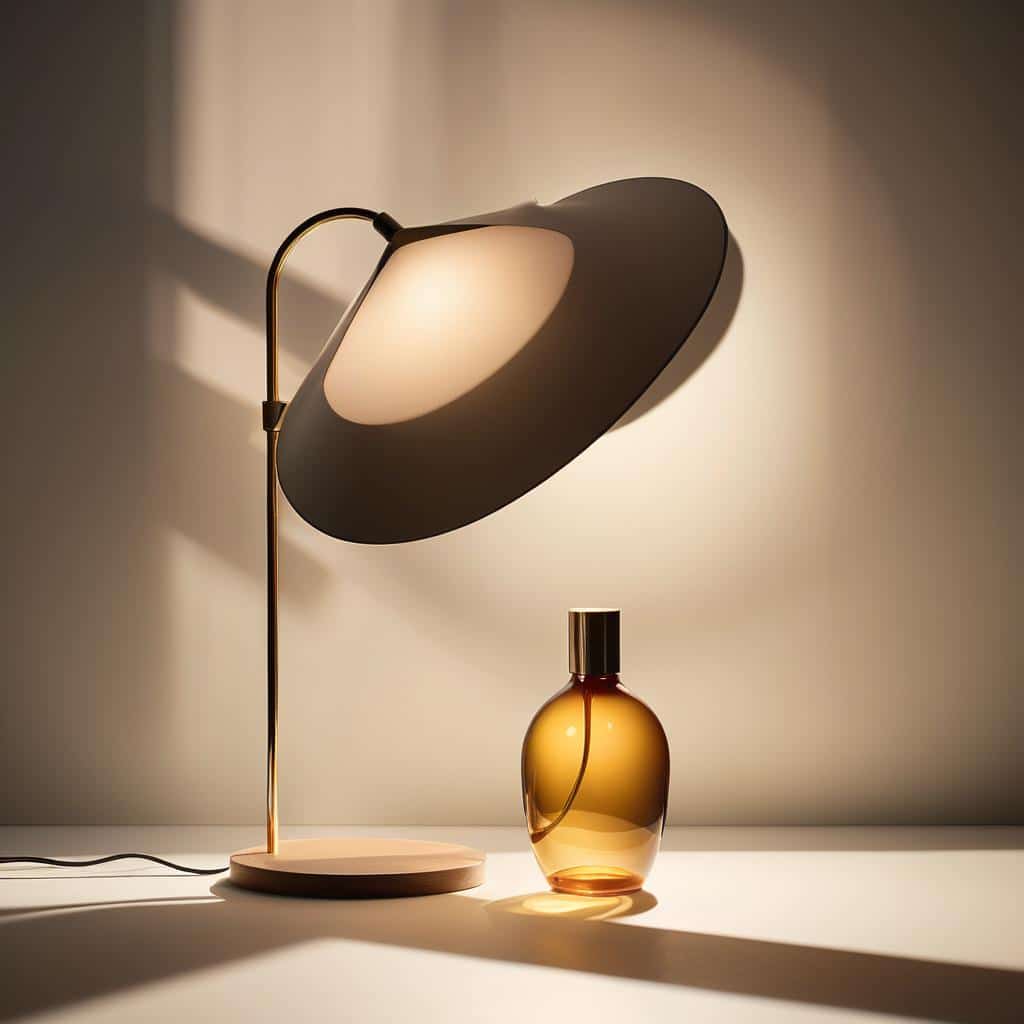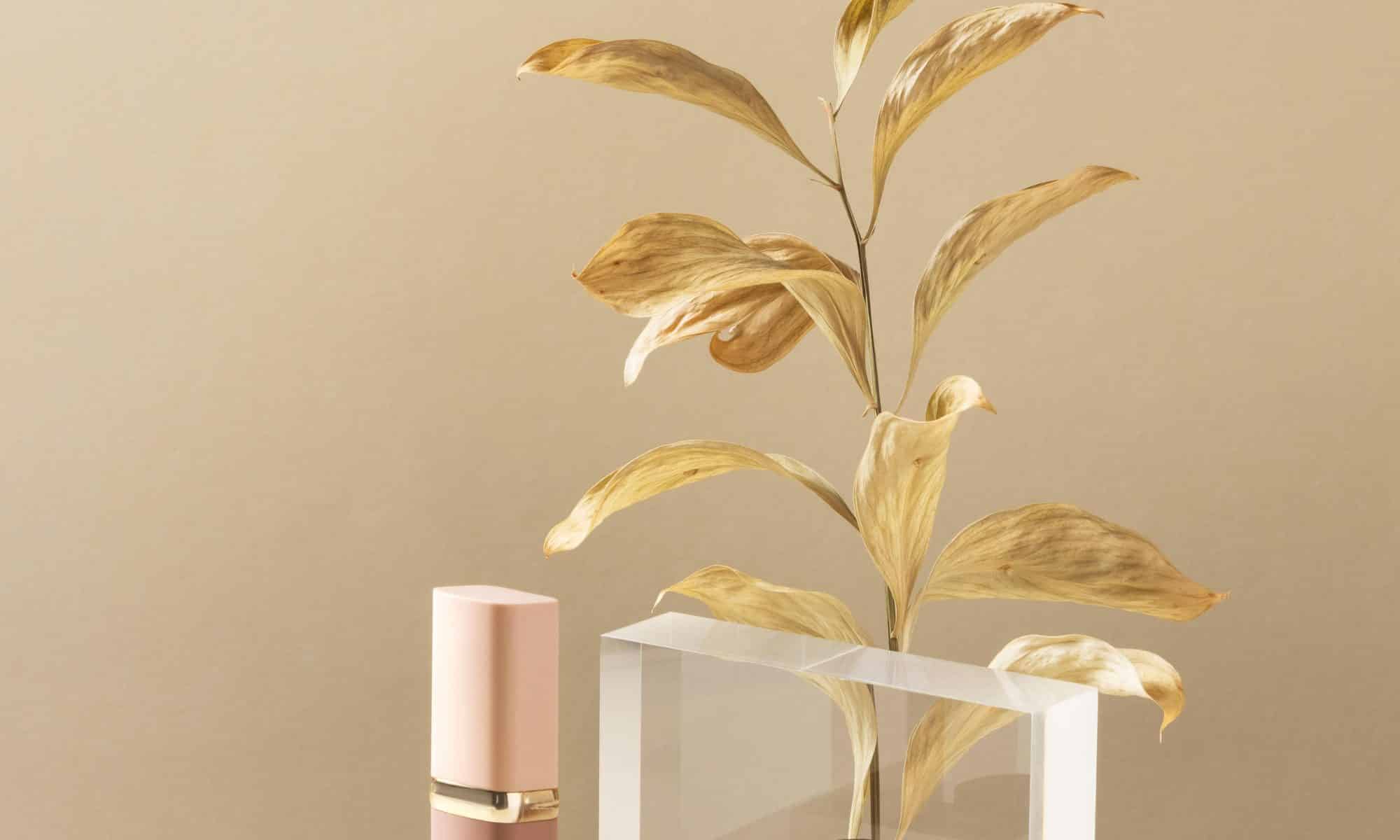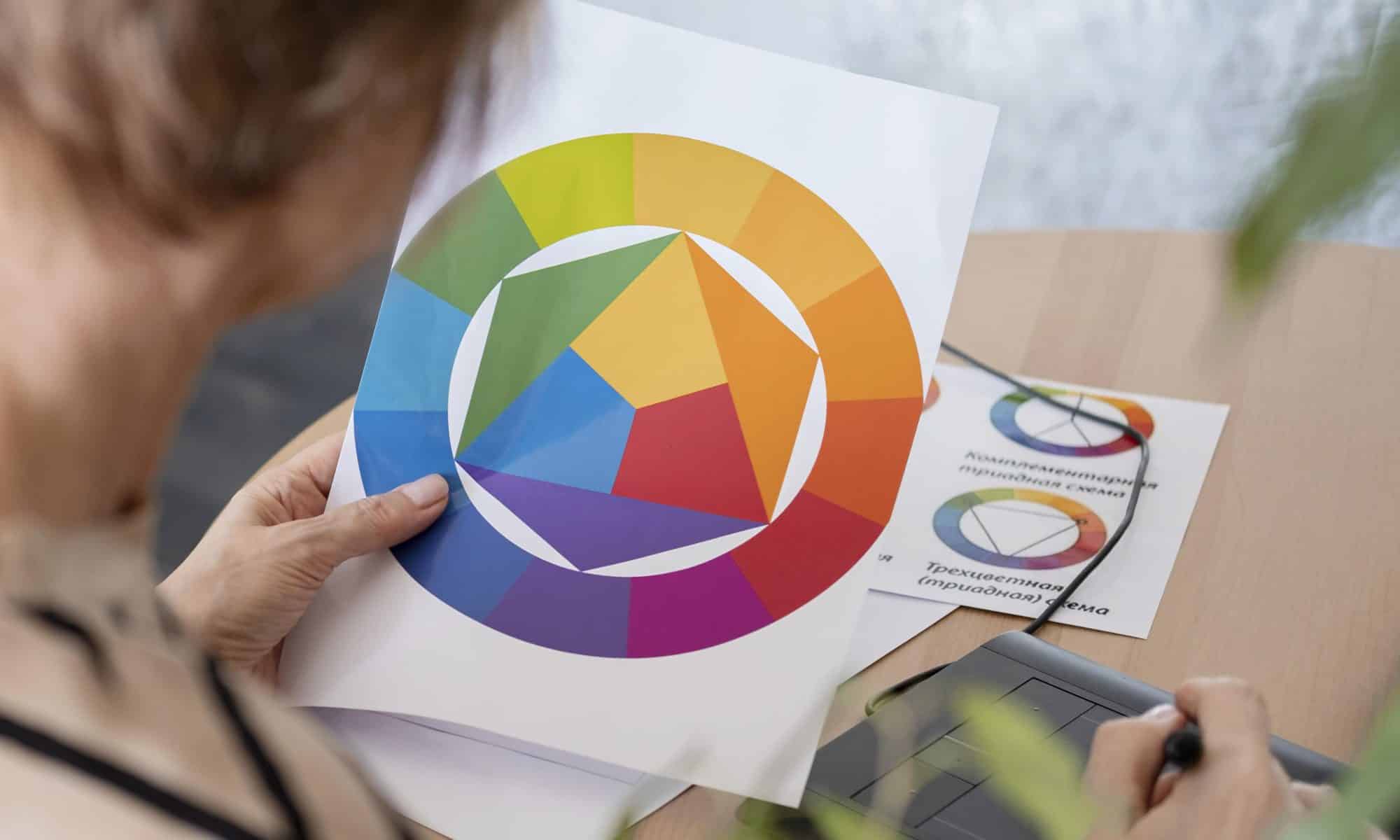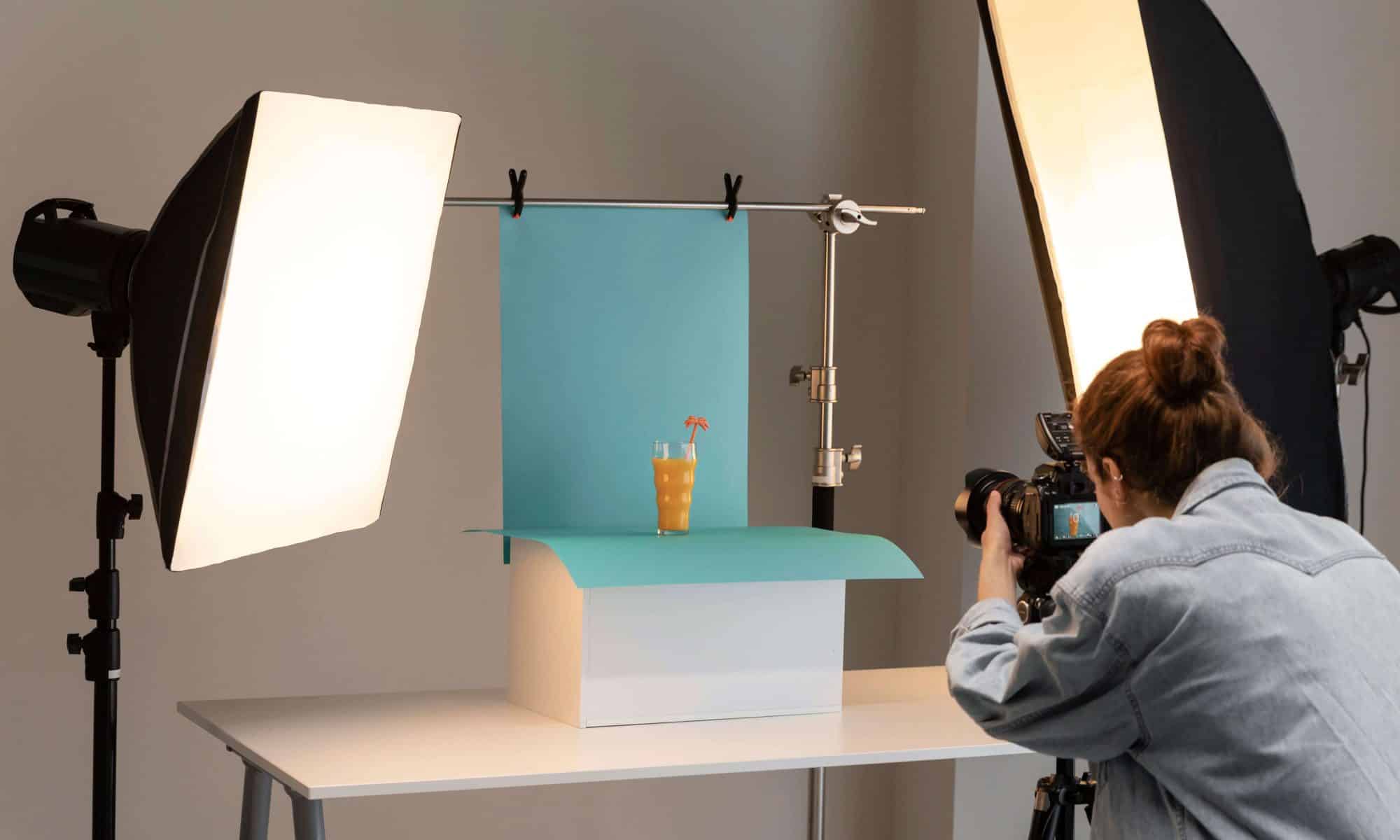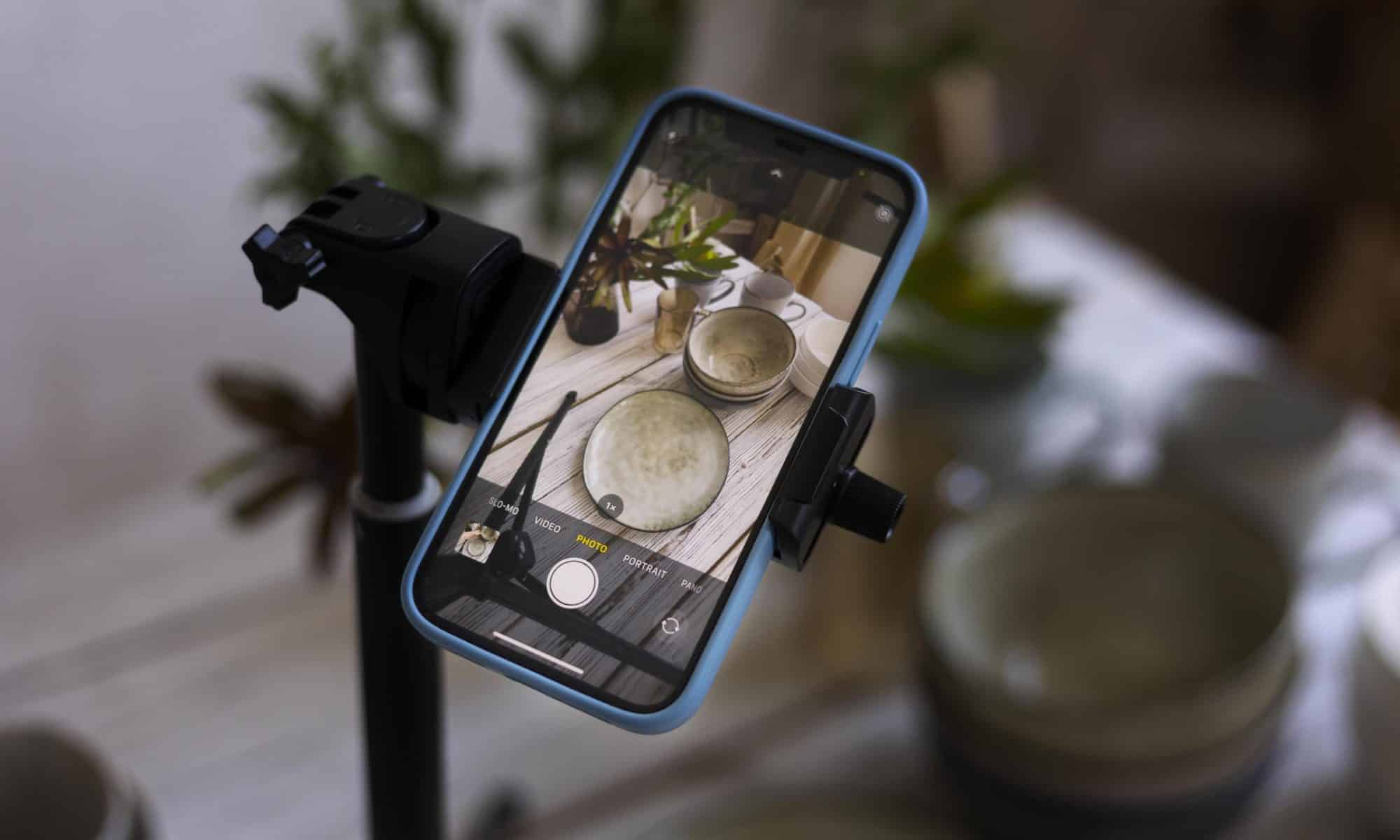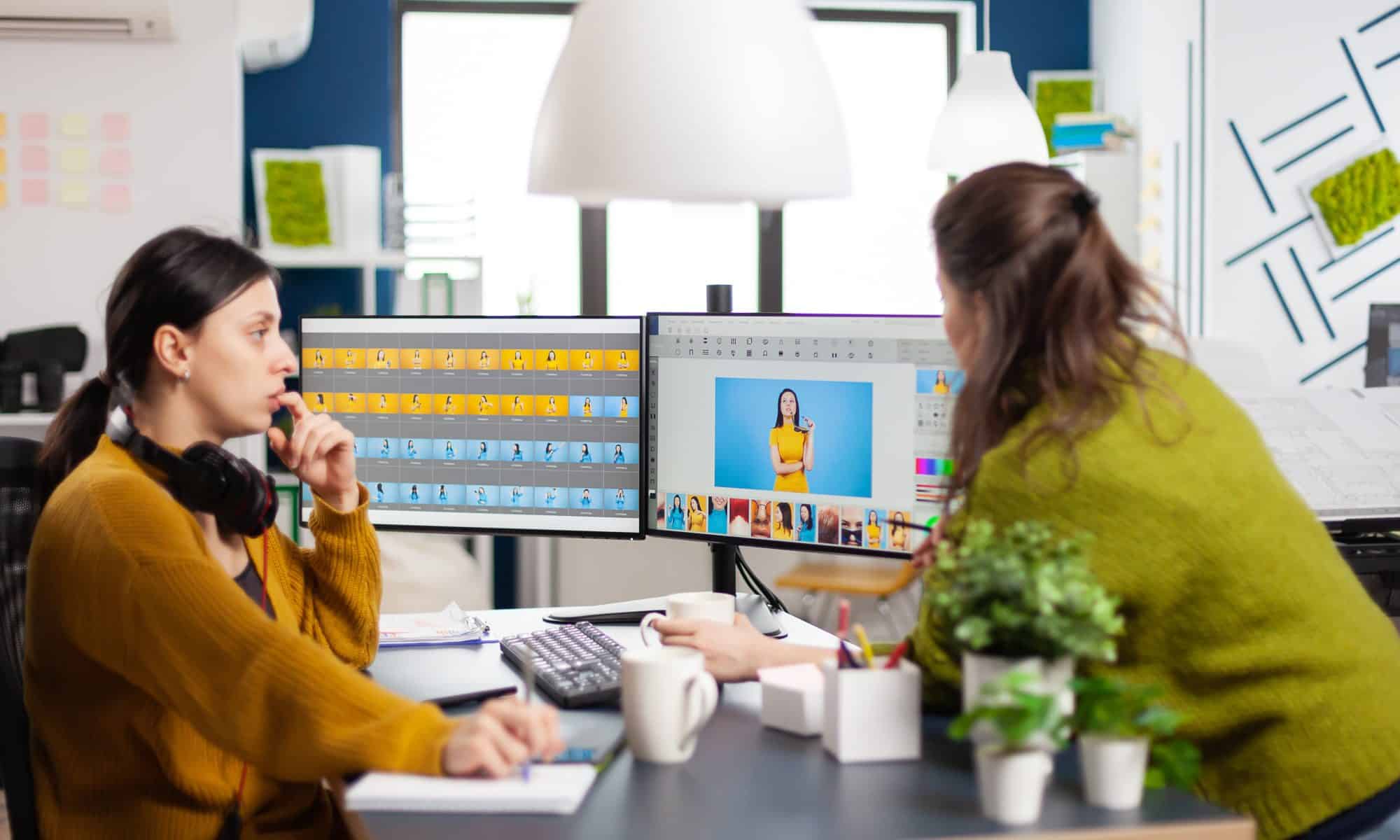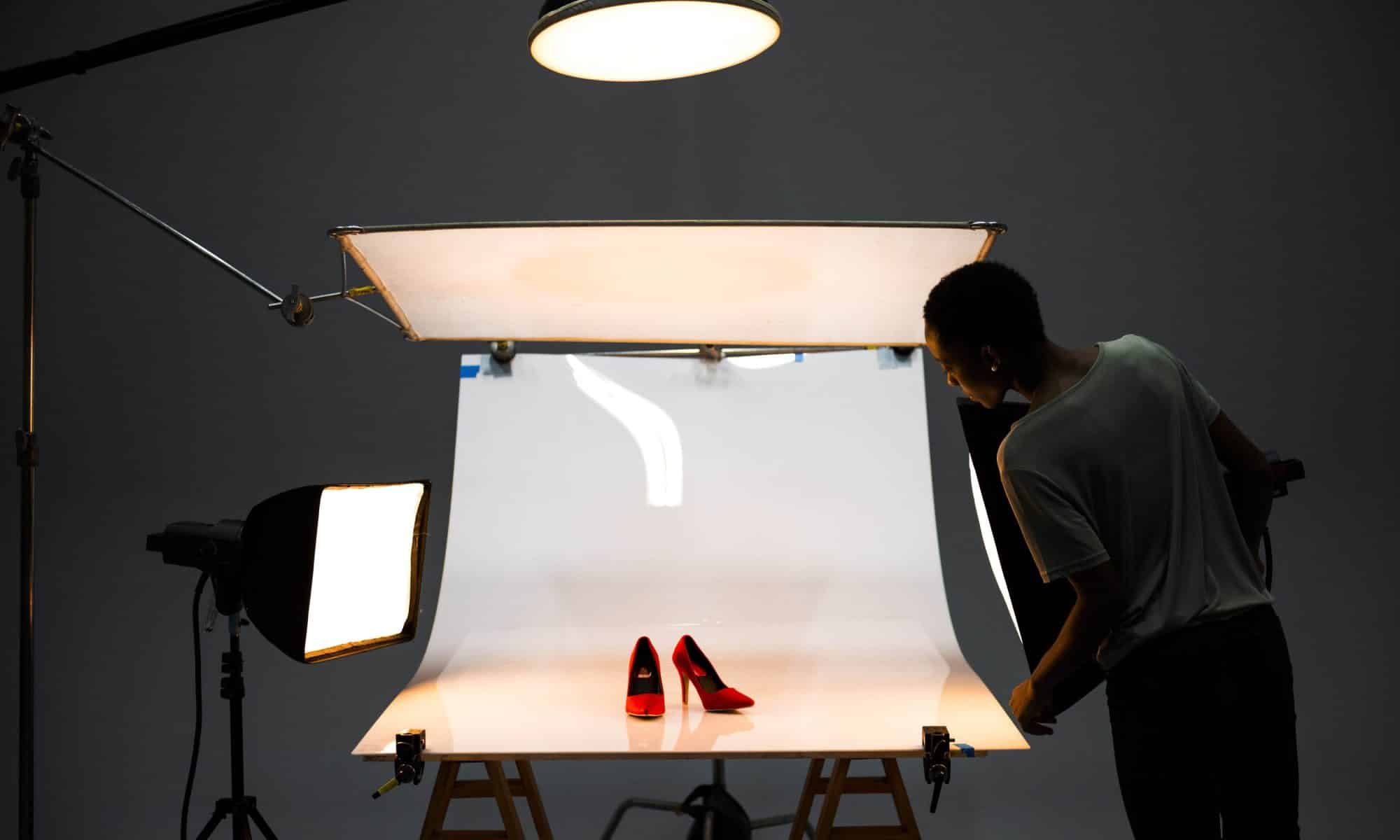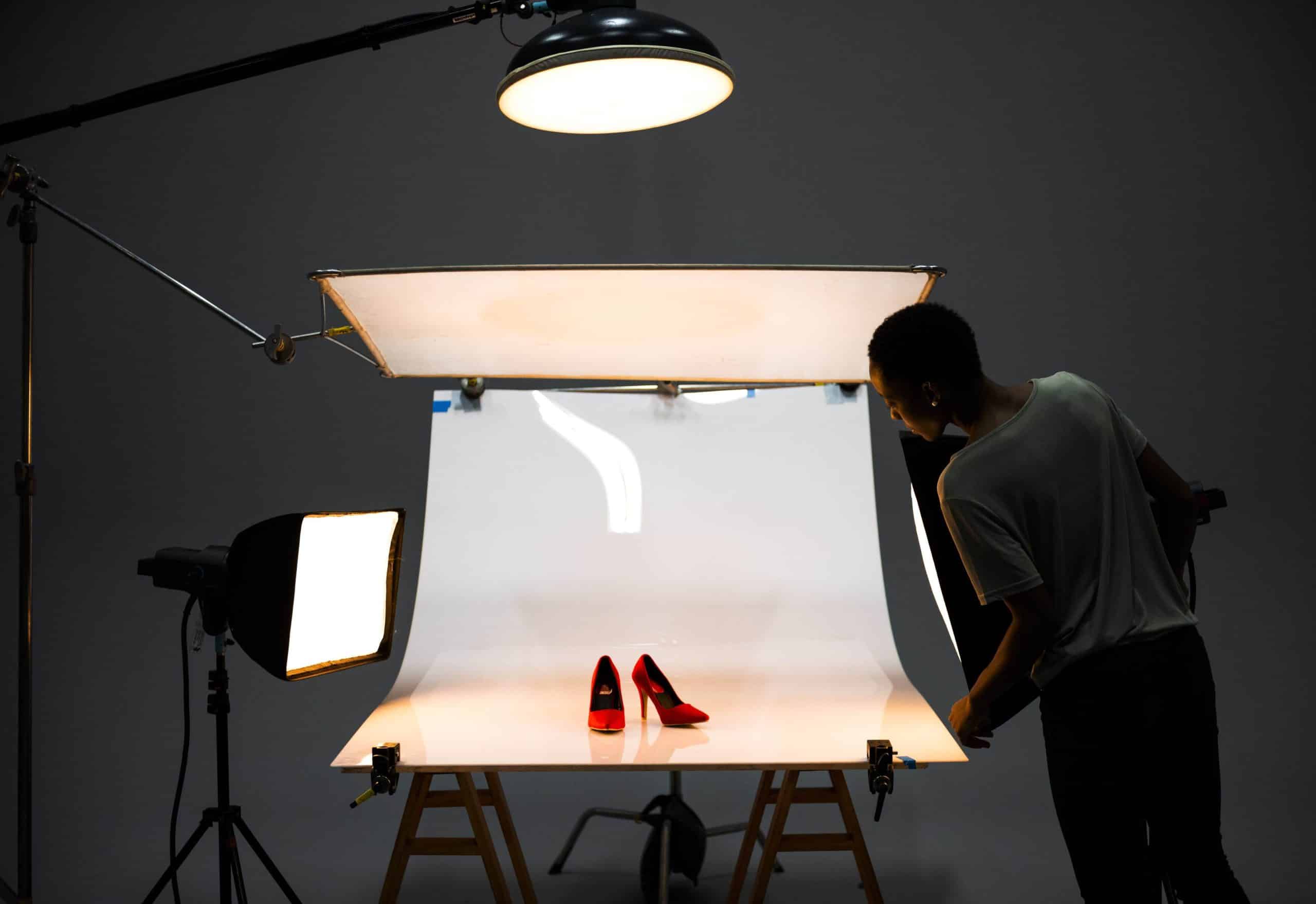In the Digital Age, people spend an average of 7.5 hours per day consuming media, with approximately 2.5 hours dedicated to social media alone. As digital consumption has increased multifold, brands can no longer rely solely on traditional marketing to be successful and create a lasting impact. Strategic digital marketing can help improve brand visibility, credibility, and sales.
However, content marketing is a vast ocean: Instagram reels, blog posts, weekly newsletters, and the list is never-ending. Managing everything alone is practically impossible, so you need a content agency to step in!
Breaking down the current trends in modern consumer behavior
Easy access to the internet and the introduction of artificial intelligence (AI) have transformed the landscape of modern consumer behavior, leading to several key trends:
Online research before anything else: With information available at the fingertips, everyone ensures thorough research before making any purchases. So, brands that put themselves out there and remain transparent stand a better chance of attracting consumers’ attention.
Social media scanning: People tend to trust companies that prioritize branded content creation, actively engage on social media platforms, maintain informative blogs, and send regular newsletters.
Personalization equals A+ marks: When companies promise personalized product recommendations, marketing messages, customer service interactions, and other experiences, it takes the brand value in the consumer’s eyes up a notch.
A picture speaks louder than words: We’re talking product photography here! Brands that focus on creative content styling to showcase visually stunning imagery of their products and services garner more appeal than generic stock photos or AI-generated content.
User-generated content is equally essential: During online shopping, consumers heavily rely on ratings and reviews to understand product quality and brand authenticity.
How can a content agency help your brand in today's times?
A content creation studio specializes in helping different types of brands meet their growth goals through tailored and effective branded content creation. They provide A-Z content services, including:
Content strategy: Content agencies are pros at understanding every brand’s unique requirements and target audience to develop comprehensive outreach marketing plans.
Content creation: Whether it’s long-form SEO blogs, short-form social media copy, product photography, branded videos, website content, or promotional newsletters, a creative content creation agency can create everything you need to promote your brand.
Content analytics: The best content creation agencies also offer detailed analytics on the implemented content marketing strategies as part of their services.
Explore The G Story: A content creation studio that has transformed over 60 brands!
The G Story is one of Mumbai’s best content creation agencies, and it is celebrated for its expertise in creative content styling and photography. The talented team of art directors, stylists, photographers, and post-production designers has produced captivating visuals for over 60 brands, helping them communicate their unique ethos and stand out amid the clutter of social media and other E-commerce marketplaces. Here are some of the many brands they have worked with:
- Skincare and personal care: Nivea, Clinique, Colgate, Dove, Himalaya, L’Oreal, Vaseline, Parachute
- Cosmetics: Kay Beauty, Lakme, Nykaa Beauty, Colorbar, Mac Cosmetics
- Fashion: Caratlane – A Tanishq Partnership, Fizzy Goblet, Preet Kaur, Titan Raga
- Food and beverages: Le 15 Patisserie, Mag St. Bread Co, Noto
Get your brand in the spotlight with proper content marketing
Whether you run a health tech startup to help women across India, a bakery with expertise in creating guilt-free products for diabetics, or a sustainable cosmetics startup, no one will care about your excellent products and services until they know about your company. As discussed earlier, a creative content creation agency can provide various content services to help your brand:
- Increase visibility
- Establish authenticity
- Bring traffic
- Drive conversions and sales
So, if you need help building your visual content portfolio to showcase across your website and social media channels reach out to The G Story today!
